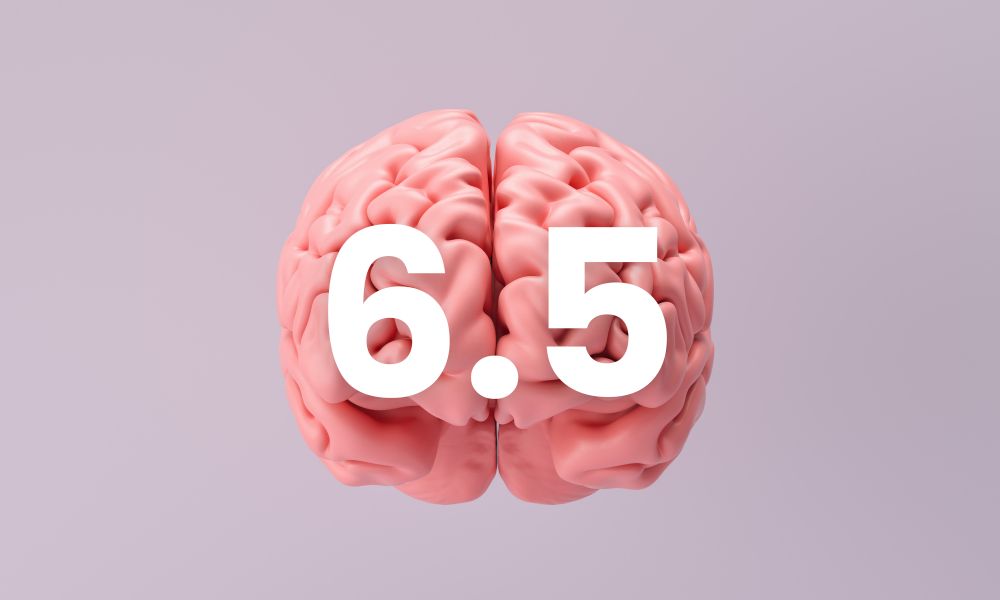
The intersection between marketing and behavioural science is becoming ever more overlapped by the day. Here are 6.5 practical ways you can implement behavioural science theory into your marketing efforts today, to boost your conversion rate and drive better customer engagement.
1. Connect a cue to force a habit
When promoting something, you are ultimately trying to drive a habitual change. You want someone to take an action – whether one off or recurring. Nudging is a term you may have heard. This is the idea that you can get people to do things without them realising they are doing it. You’re not pushing them – you are nudging them in a direction.
If you want to get someone to do something – like buy your product or engage in a particular initiative – you need to associate with a cue. The cue being a regularly or periodically recurring moment in their life, or something tangibly recognisable. For example, Nationwide ran a very successful campaign, telling people (beyond their customer base) to save money ON pay day. Getting people to save money is difficult, because it falls to the end of the month, and by that time there has been more opportunity for your fiscal frivolity to take over. By connecting ‘saving money’ with the timely cue of pay day, they nudged people to save money on pay day.
The cue doesn’t have to be timely though. To improve coupon usage, a café experimented with a plush alien toy, which sat on the till the days people could use coupons. The coupons stated that they could only be cashed in when the alien was present. Coupon usage increased drastically, because of this distinctive visual cue, or some would say reminder.
Think about how you can connect either a timely or physical cue to your product at a category entry point. It will serve as a reminder for action, and nudge people in the right direction.
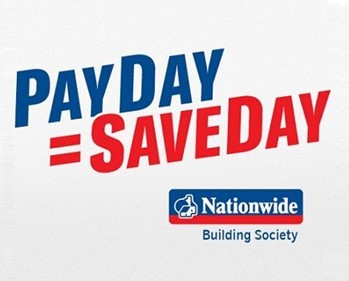
(Photo: Nationwide using a timely cue of pay day to improve habitual adoption.)
2. First matters
Anchoring is the cognitive bias that theorises and explains the human behaviour of using the first thing we see as a way of measuring other subsequent things.
This is such an easy one to implement, and it will make a world of difference.
- Identify the thing you want people to do.
- Frame it in the best way compared to the other options.
- Display things in an order that makes the ideal outcome for you, seem like the ideal outcome for them.
People anchor to the first thing they see and make their decision using that as a measurement tool. So, if you are listing three membership or service tiers, put the insanely expensive ‘all the trimmings’ package first, then the one you want them to pick, and then a cheap straggler that doesn’t offer all the necessary requirements. This makes the middle tier seem incredible in comparison and people will compare the middle tier to the incredibly expensive one.
Now for the half tip to elevate this even more…
2.5. Remind them that other people like it
You’ve likely heard of this one also – social proofing. This is the theory that explains humans follow other humans because ‘if it didn’t go wrong for them, it probably won’t for me’. It’s the classic “there’s safety in numbers” heuristic.
Let’s look at our above example of the three product tiers. Simply add a ‘Most popular’ above the one you want them to choose. This makes that option even more appealing because people think it’s the default choice that everyone makes. It helps to speed up the decision-making process, because they believe someone else has likely done the due diligence of comparing each of the options in more depth already and opted for that one.
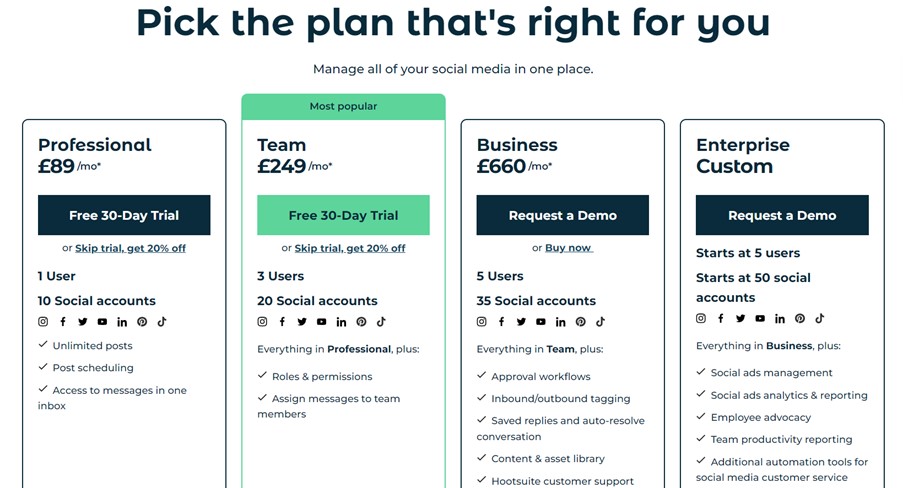
(Photo: Example of Hootsuite using social proofing. Their pricing could be even better optimised by flipping the tiers.)
3. The clock is ticking
Scarcity bias is another famous psychological theory – and it’s easier to implement than you’d think. Whether it be by actual or illusion, you can harness the power of scarcity, today.
If you sell physical products, or have limited downloads, or have limited deals available for a package, make people aware that there are not an infinite number remaining.
Booking.com do this well with their “Limited supply” and “X people are viewing this hotel room now” messages. It’s a crossover with social proofing, but rather than acting because other people made the right decision, adding scarcity on top makes people act faster before they miss out. It’s a race to get to it first. It’s a way of building in-the-moment demand. Demand generation is a much bigger project, but driving demand BoFu can help improve conversion rates.
Whether it’s true that 9 other people are viewing your hotel room on Booking.com or not, you know that there are limited spaces and other people might get their first, so you act faster. To harness the power of scarcity, add references to your product pages like “Only 2 Left”. If you are selling time and not products, show a calendar or a series of ‘Meeting slots’ with a consultant, and that only 1 or 2 remain over the next 2 weeks. If a person thinks they are going to miss out on booking a meeting with your consultant if they wait, they will act faster, when maybe they weren’t going to act at all.
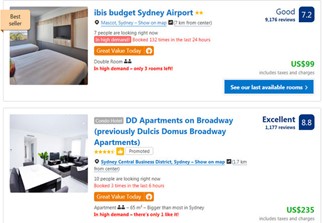
(Photo: Example of Booking.com using scarcity.)
4. Systematic desensitisation & flooding
These are cognitive psychology theories, but I believe we can use them to fuel our marketing efforts. Systematic desensitisation and flooding are the two common ways of treating someone’s phobia. If someone is scared of spiders, they may be treated through flooding, which is where you would put them in a small room with a spider until they overcame their fear. They could also be treated through systematic desensitisation, which is a tiered approach to exposure therapy. They may start by writing the word spider, then drawing a picture of one. They may then see some pictures of them. This would all lead to them being in a room with a spider, and subsequently holding it. It’s a graded approach to ease someone in. Ultimately, the result is the same, but it is achieved through either an all-out-attack or phased approach.
This is a bit like how you get into the sea when it’s cold. You either walk in slowly, allowing segments of your body to get wet and cold and then used to it, or you jump straight in.
This is a useful theory to know for marketers. I believe we can harness this methodology in our targeted efforts. Once we understand a target audience or prospect enough, we can determine whether we need to make one big drastic attempt at conversion, or a long phased one that builds up over time.
Account based marketing (ABM) can adopt this theory quite easily, because the two primary routes to go down are advertising air cover combined with soft touch emails, and ultimately a sales call, or one big attempt like a handwritten letter in a care package inviting the target to a meeting.
5. No one likes losing
Loss aversion is the theory about people valuing not losing something, over gaining something.
Framing your customer-facing messages and content as reassurance of not losing something is more powerful that positioning it as them gaining something.
In the UK, we get points on our licence for driving offences. In Italy, each driving licence holder gets allocated 20 points, and then loses them for driving offences. They lose them in the same respective increments as we gain them, but it’s a more powerful technique. Even better, Italian drivers get 2 bonus points if they drive offence-less for two years. This is an example of reciprocity theory. Reciprocity is whereby giving someone something, they give you something back. By driving sensibly, the driving authority will give you bonus points, and in return drivers are more likely to follow their rules. It’s a reciprocating cycle.
Because of these things, driving safety compliance is better in Italy than in the UK. This isn’t solely because of that one metric, but it’s a big part of it.
Think about the way you frame things to customers and prospects. Loss aversion can help with satisfaction, nudging and compliance.
6. If you rhyme it, the customer will buy it
It’s easier for people to process rhymes, making rhyming copy more consumable and memorable. This is known as the Keats heuristic. It’s a combination of the facts that humans prefer the sound of rhyming words and that their brains can process them faster. And if you have attention and consumption, you can drive better mental availability.
Simply, you can improve memorability and aid recall using expressions, phrases or headlines that include rhyme. “Coughs and Sneezes spread diseases” being a very famous use of the Keats heuristic.
This is such an easy one to implement for any marketer. By adding rhyme into ad copy and content headlines, you can drive better attention and memorability. This is especially good if you are looking for a brand tagline or lead proposition statement. A rhyme can help people remember it, and even adopt it if it’s actionable.
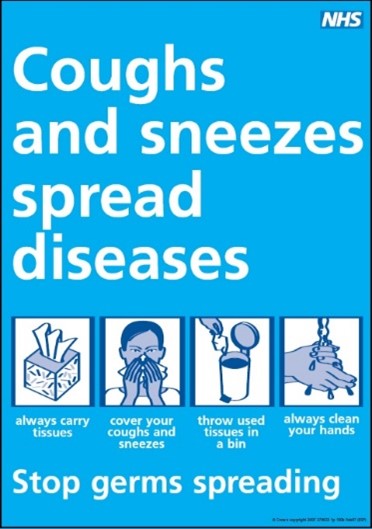
(Photo: The NHS employing a very memorable and catchy slogan.)
That concludes 6.5 practical ways you can apply behavioural science theory into your marketing. There are plenty of other amazing theories that you can use, though. I’d recommend reading both of Richard Shotton’s books ‘The Illusion of Choice’ and ‘The Choice Factory’, and also ‘Hacking the Unconscious’ by Rory Sutherland.
And remember, if you’re looking for that marketing spark, the best place to go is Cremarc.